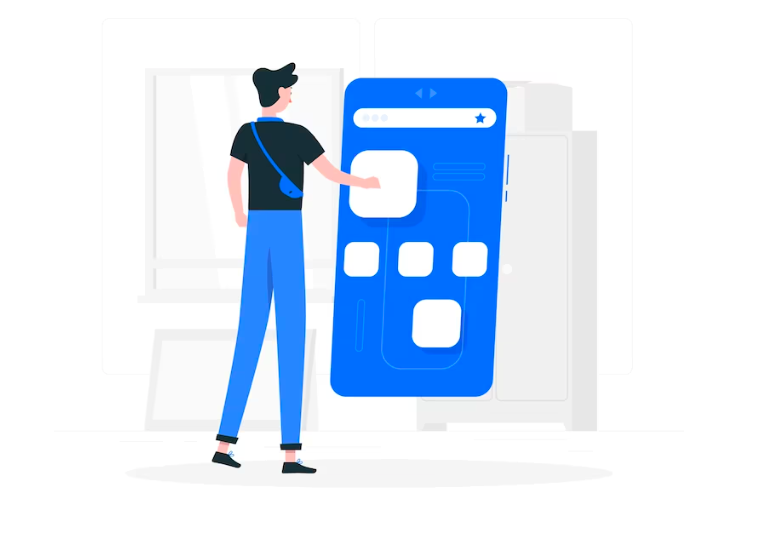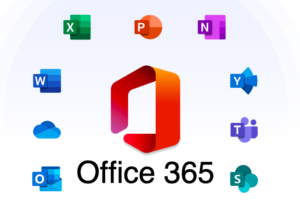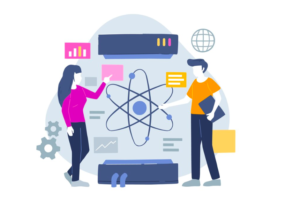In the fast-evolving landscape of web development, Single Page Applications (SPAs) have emerged as a game-changer, reshaping the way users interact with web content. Unlike traditional multi-page websites that require constant page reloading, SPAs offer a seamless and dynamic user experience by loading a single HTML page and updating its content dynamically. In this blog post, we will explore the key features, benefits, and challenges of Single Page Applications, shedding light on their growing prominence in the web development world.
Understanding Single Page Applications:
Dynamic Loading of Content:
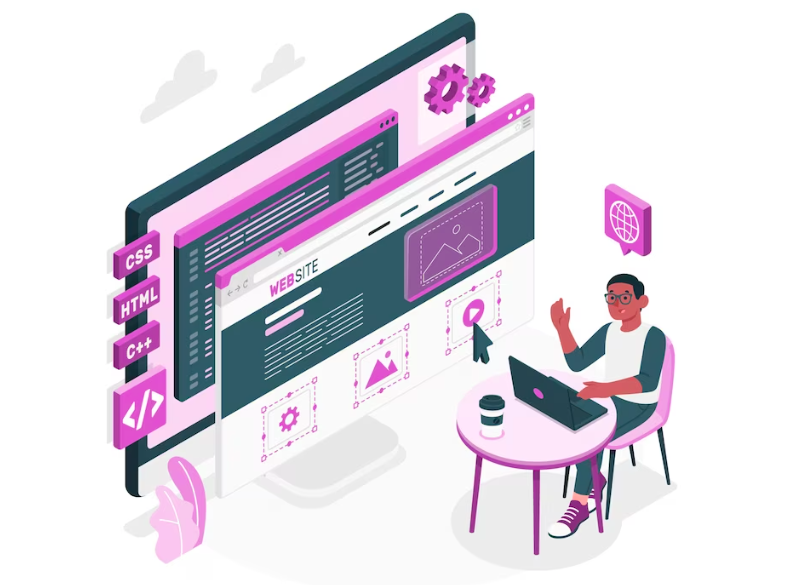
SPAs load all the necessary resources, such as HTML, CSS, and JavaScript, on the initial page load. Subsequent interactions with the application trigger asynchronous requests for additional data, which is then dynamically injected into the page without the need for a full page reload. This results in a faster and smoother user experience.
Enhanced User Interaction:
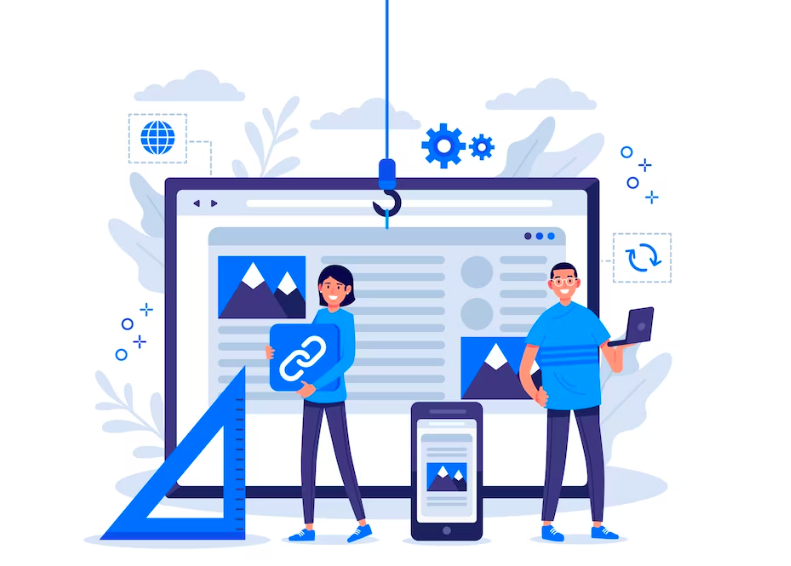
The seamless navigation within a single page enhances user interaction, as there is no delay caused by loading new pages. SPAs often incorporate smooth transitions and animations, providing users with a more engaging and enjoyable experience.
Efficient Resource Management:
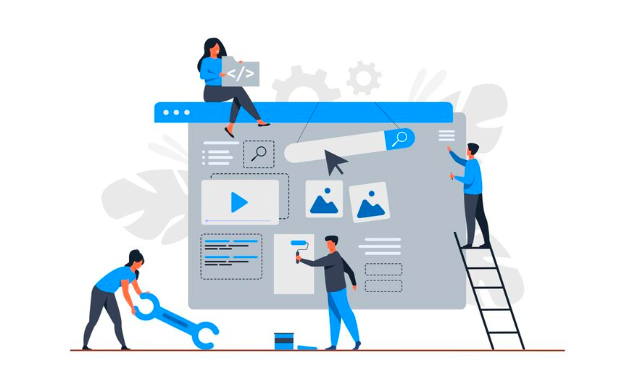
SPAs efficiently manage resources by only fetching the data needed for a particular interaction. This minimizes server load and bandwidth usage, contributing to faster load times and improved performance.
Benefits of Single Page Applications:
Speed and Performance:

SPAs significantly reduce loading times as they only load the necessary resources once. This leads to a faster and more responsive user interface, crucial for retaining user engagement in today’s fast-paced digital environment.
Seamless User Experience:

The elimination of page reloads results in a smooth and continuous user experience, similar to that of a desktop application. This is particularly advantageous for web applications with complex interactions and workflows.
Improved Offline Experience:

Through the use of service workers and client-side caching, SPAs can provide users with an improved offline experience. Once the necessary assets are cached, users can continue to interact with certain parts of the application even when offline.
Challenges and Considerations:
Search Engine Optimization (SEO):
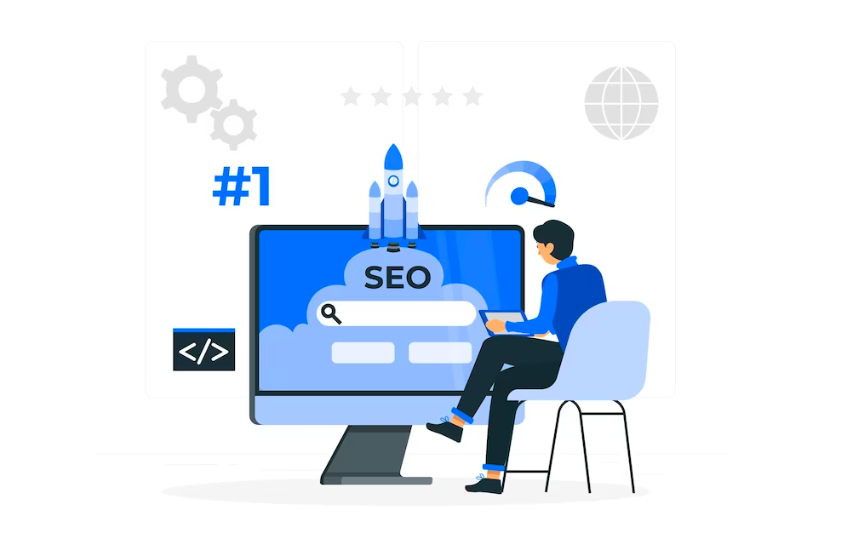
SPAs can present challenges for search engine indexing, as traditional web crawlers may struggle to interpret dynamically loaded content. Implementing server-side rendering or using pre-rendering techniques can address this issue.
Initial Loading Time:

While SPAs offer fast subsequent interactions, the initial loading time can be a concern, especially for applications with large bundles of JavaScript code. Developers must employ optimization techniques to strike a balance between functionality and loading speed.
Single Page Applications have revolutionized the way we experience the web, offering a dynamic, responsive, and engaging user interface. As web development continues to advance, SPAs will likely play an increasingly prominent role in shaping the digital landscape. By understanding their benefits, overcoming challenges, and implementing best practices, developers can harness the power of SPAs to create modern and user-friendly web applications.


